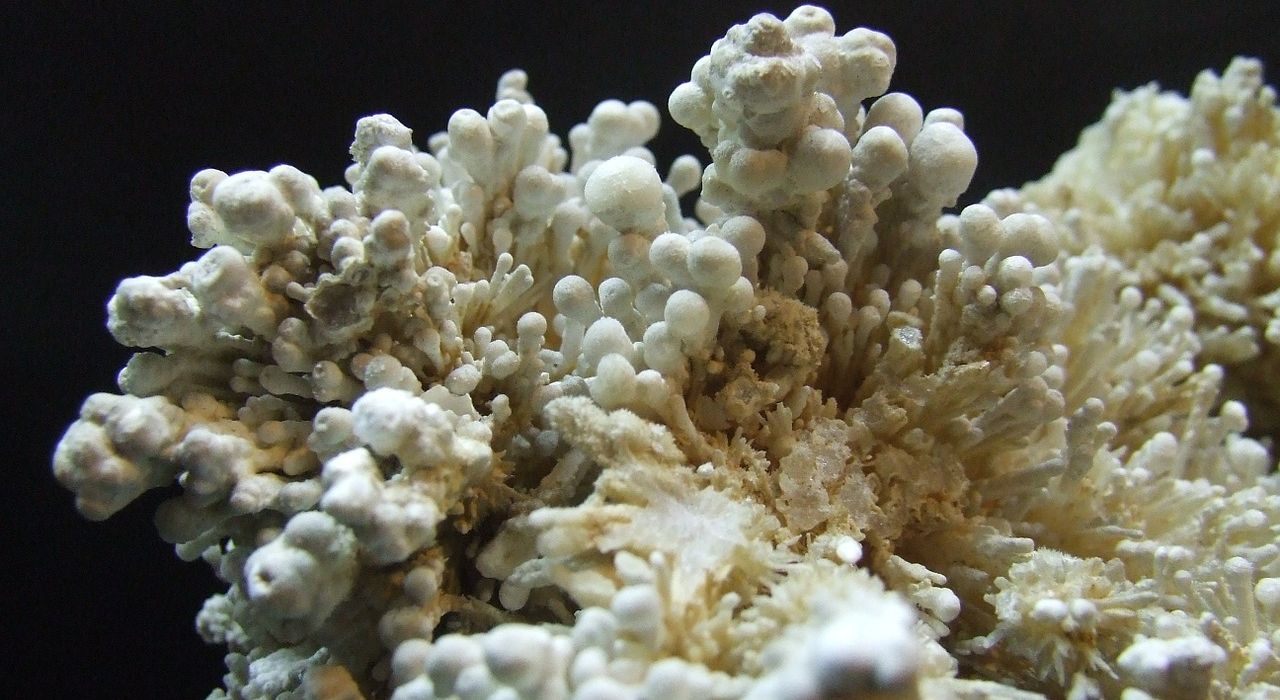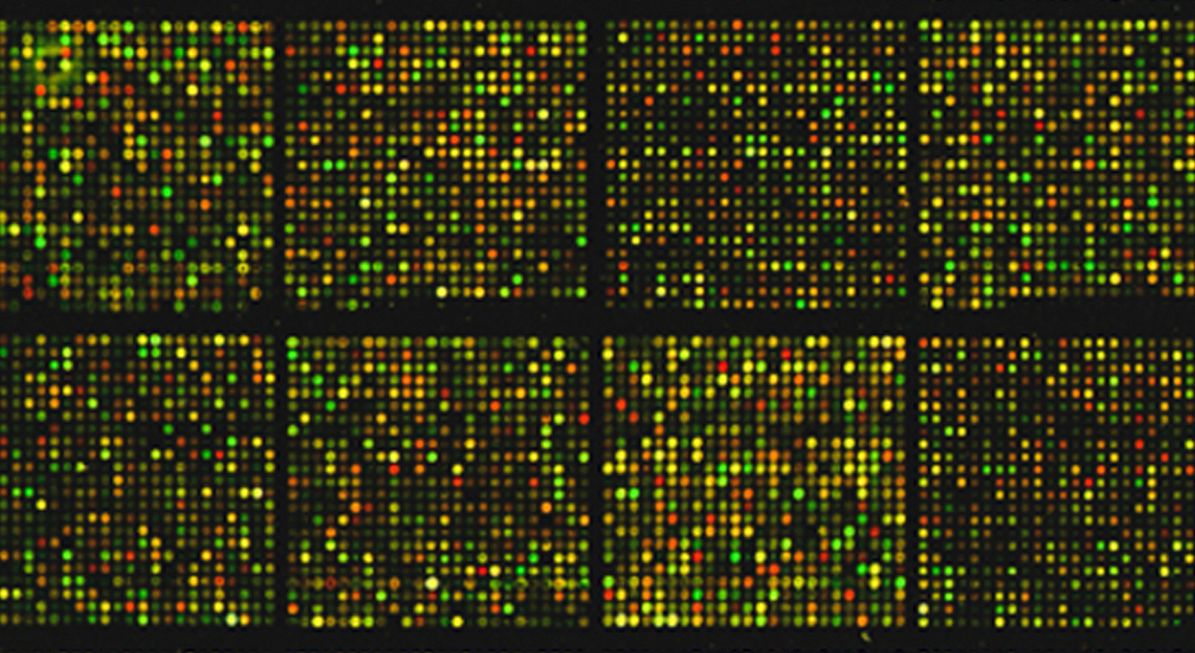In Ex parte Kano (Appeal No. 2021-004640), the Patent Trial and Appeal Board (“Board”) rejected an Examiner’s finding of obviousness that was premised on a nonoverlapping range being “sufficiently close.”
The independent claim on appeal was directed to a non-oriented steel having a chemical composition defined by various ranges of elements (e.g., C, Si, Mn, Al, P, S, N, etc.) and exhibiting, among other things, an X-ray diffraction (XRD) intensity ratio, I{100}/I{111}, between 0.50 and 1.18.
The primary reference relied on by the Examiner disclosed a non-oriented electrical steel sheet having a chemical composition that included each of the chemical elements in overlapping amounts, but failed to describe the intensity ratio. To remedy this deficiency, the Examiner relied on a secondary reference; however, its intensity ratio was greater than or equal to 1.20.
Notwithstanding the absence of an overlapping intensity ratio, the Examiner maintained obviousness on the basis that a steel sheet constructed from the prior art with an intensity ratio of 1.20 was sufficiently close to the claimed 1.18 ratio that one of ordinary skill in the art would expect them to have the same properties. The Board did not agree.
In particular, the applicant’s specification showed that the claimed intensity ratio resulted from a combination of the claimed composition and holding the composition at 550–700°C for 10–300 seconds (an intermediate holding step). The primary and secondary references relied on by the Examiner performed annealing processes at 950°C and 860°C, respectively, but did not include an intermediate holding step. Thus, the Board held that a skilled artisan would not have expected the steel composition from the Examiner’s hypothetical construct to have an intensity ratio within the claimed range and reversed the Examiner’s rejection.
Takeaway: While a prima facie case of obviousness may be established where the claimed range and the prior art range do not overlap, it is essential that there be an expectation that the properties would be the same. This expectation may be rebutted by information in the applicant’s own specification as in Kano or with additional experimental evidence. Another great source of rebuttal evidence is the prior art itself because a lot of times the prior art will associate its nonoverlapping range with a particular property and describe values outside that range (likely values within the claimed range) as inferior or different in some way such that a skilled artisan would not expect the properties to be the same.
Judges: J. Housel, W. Wilson, J. Gupta










